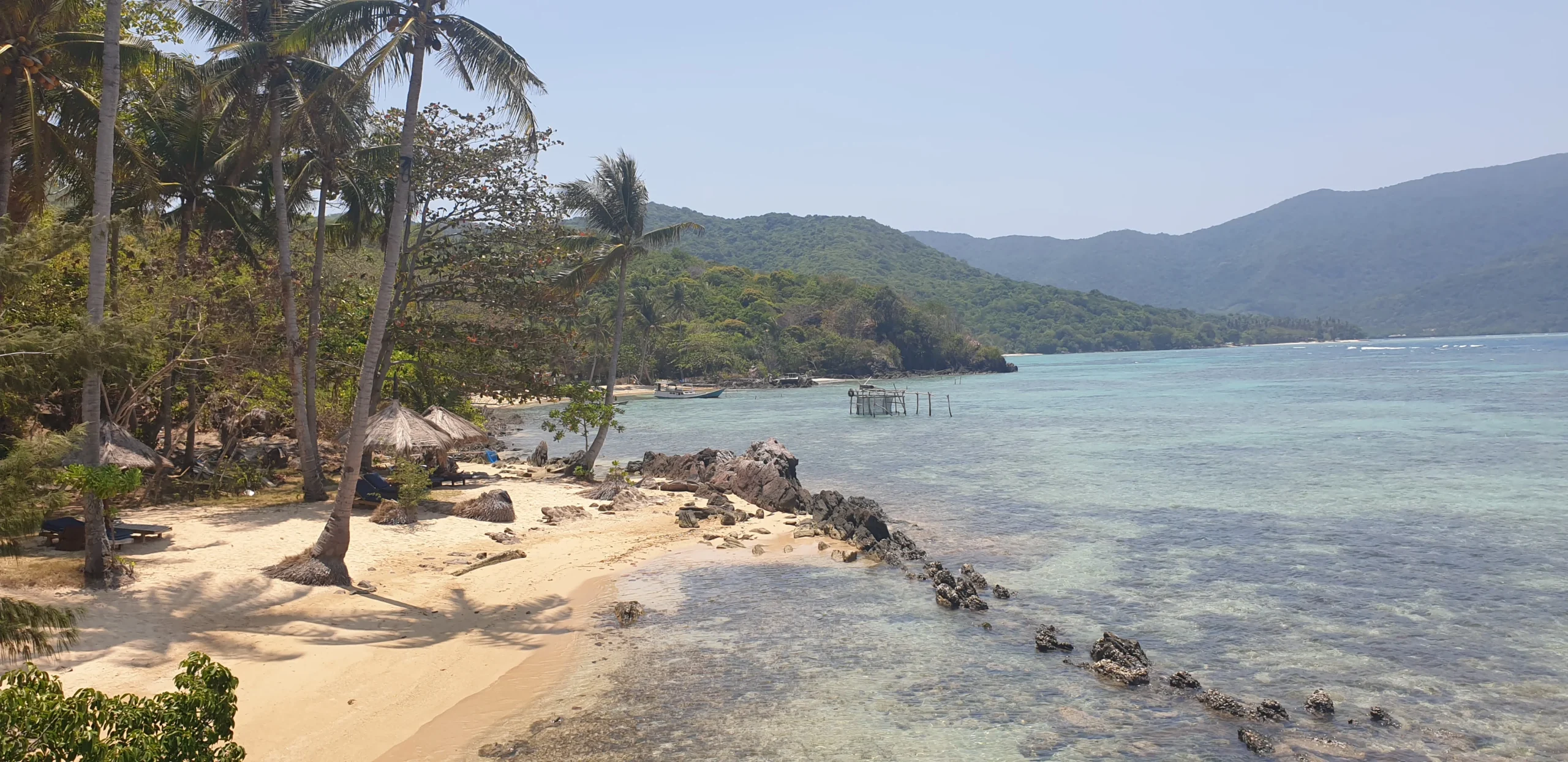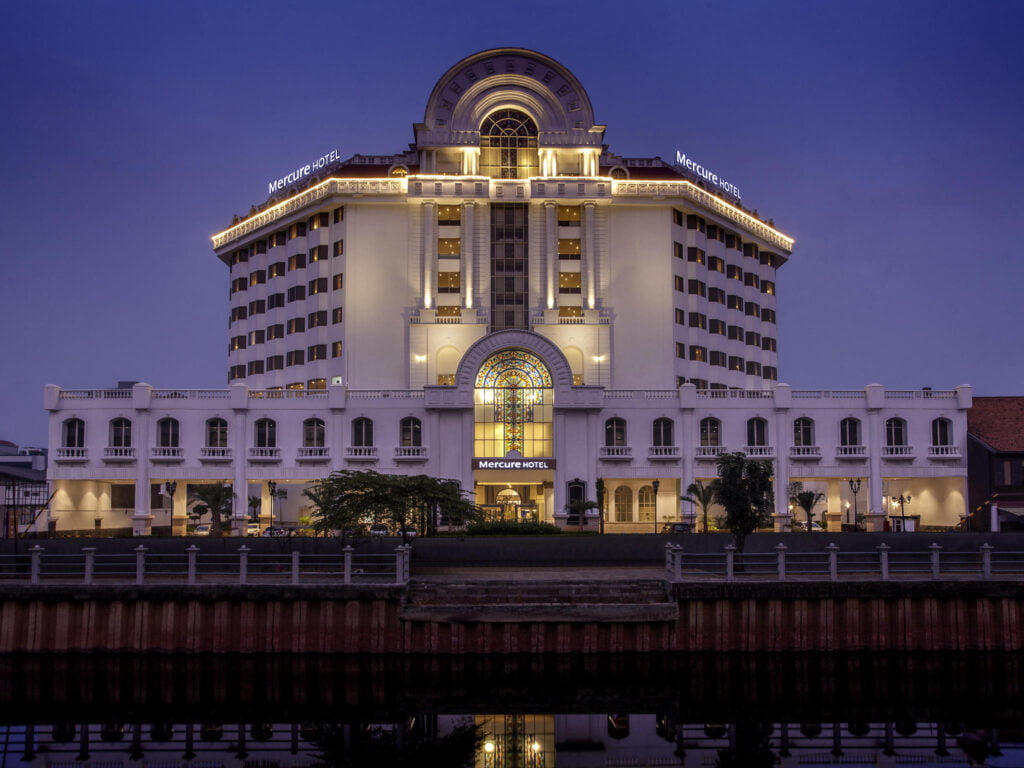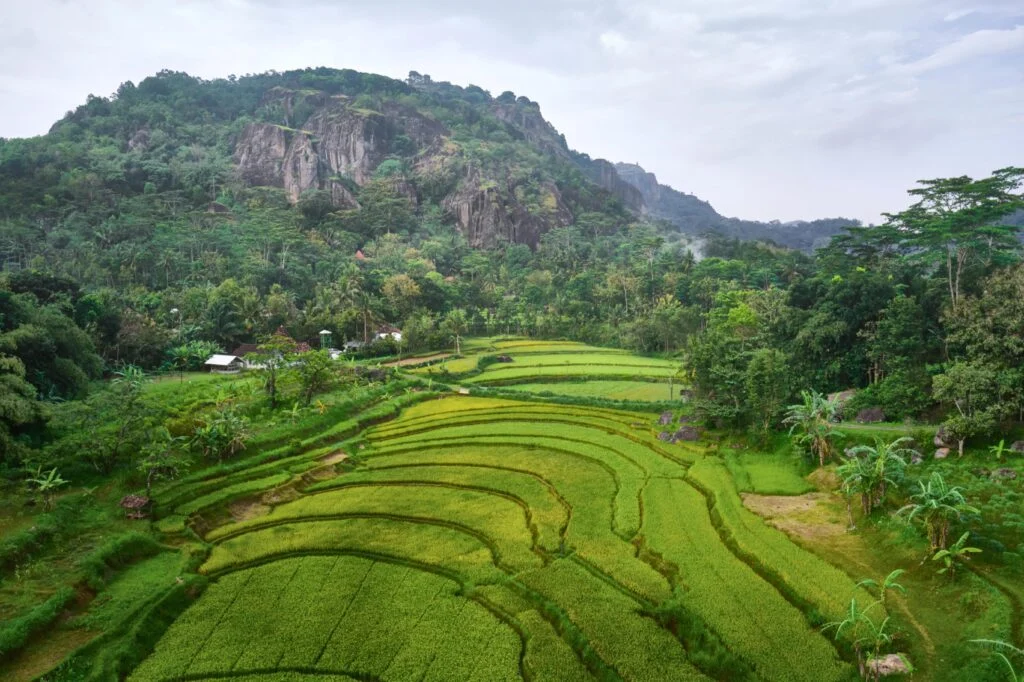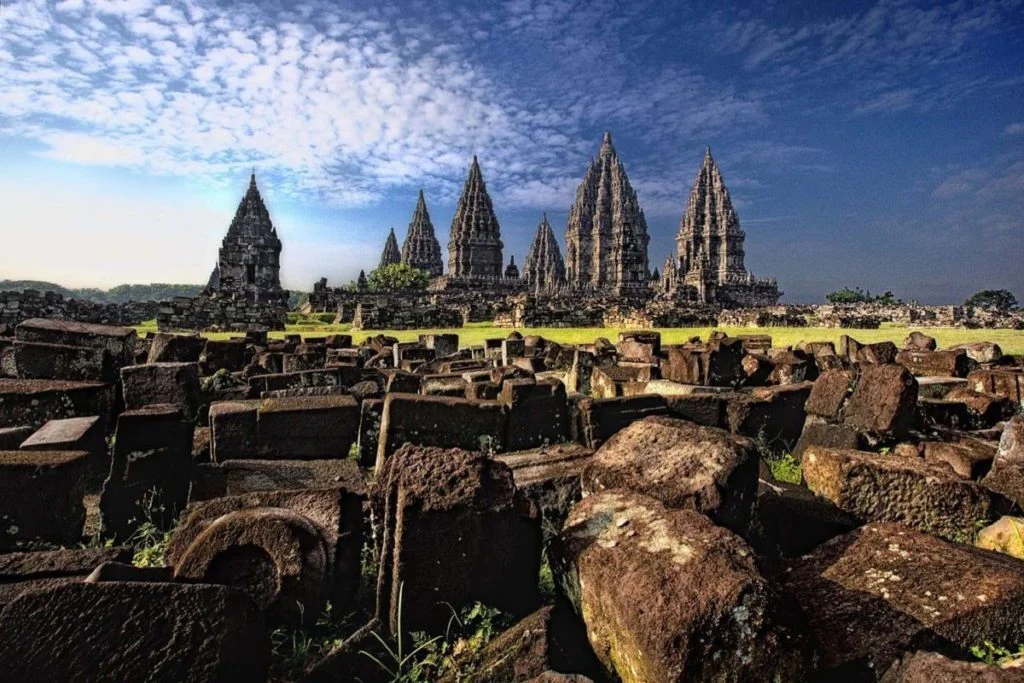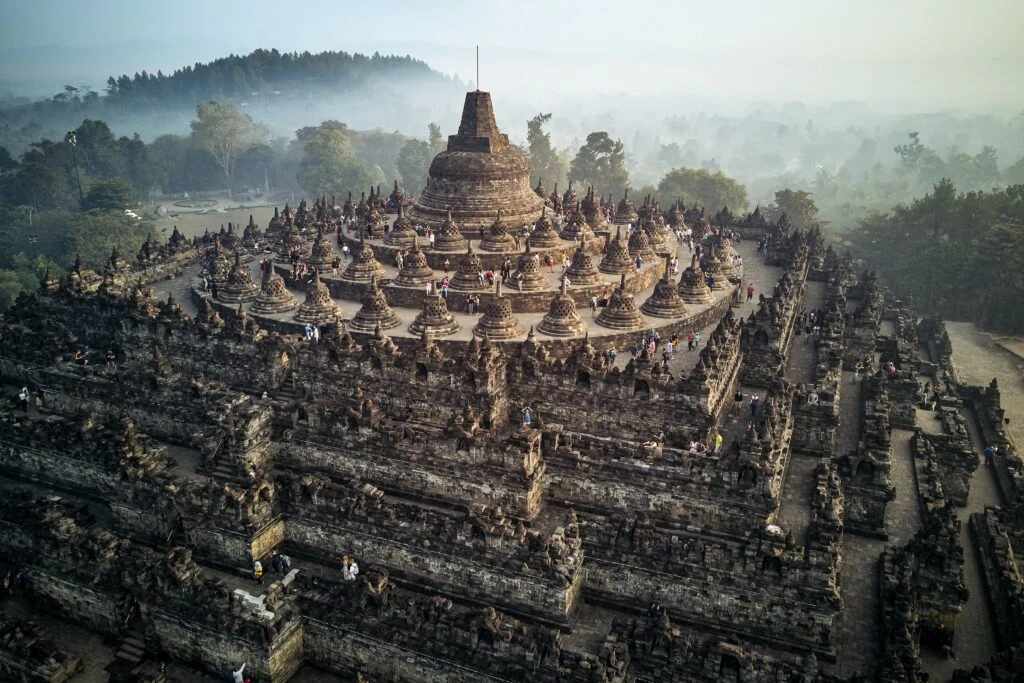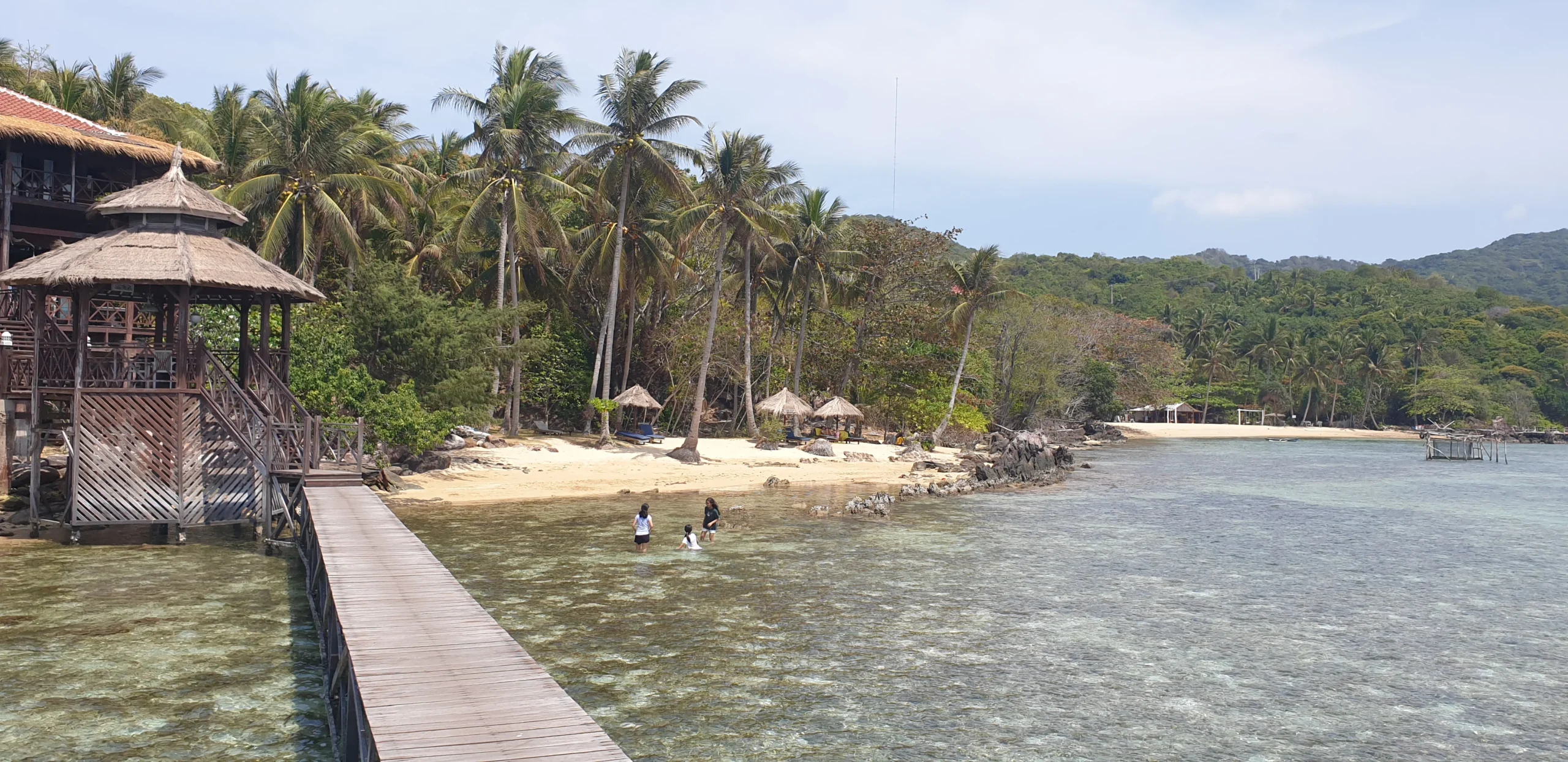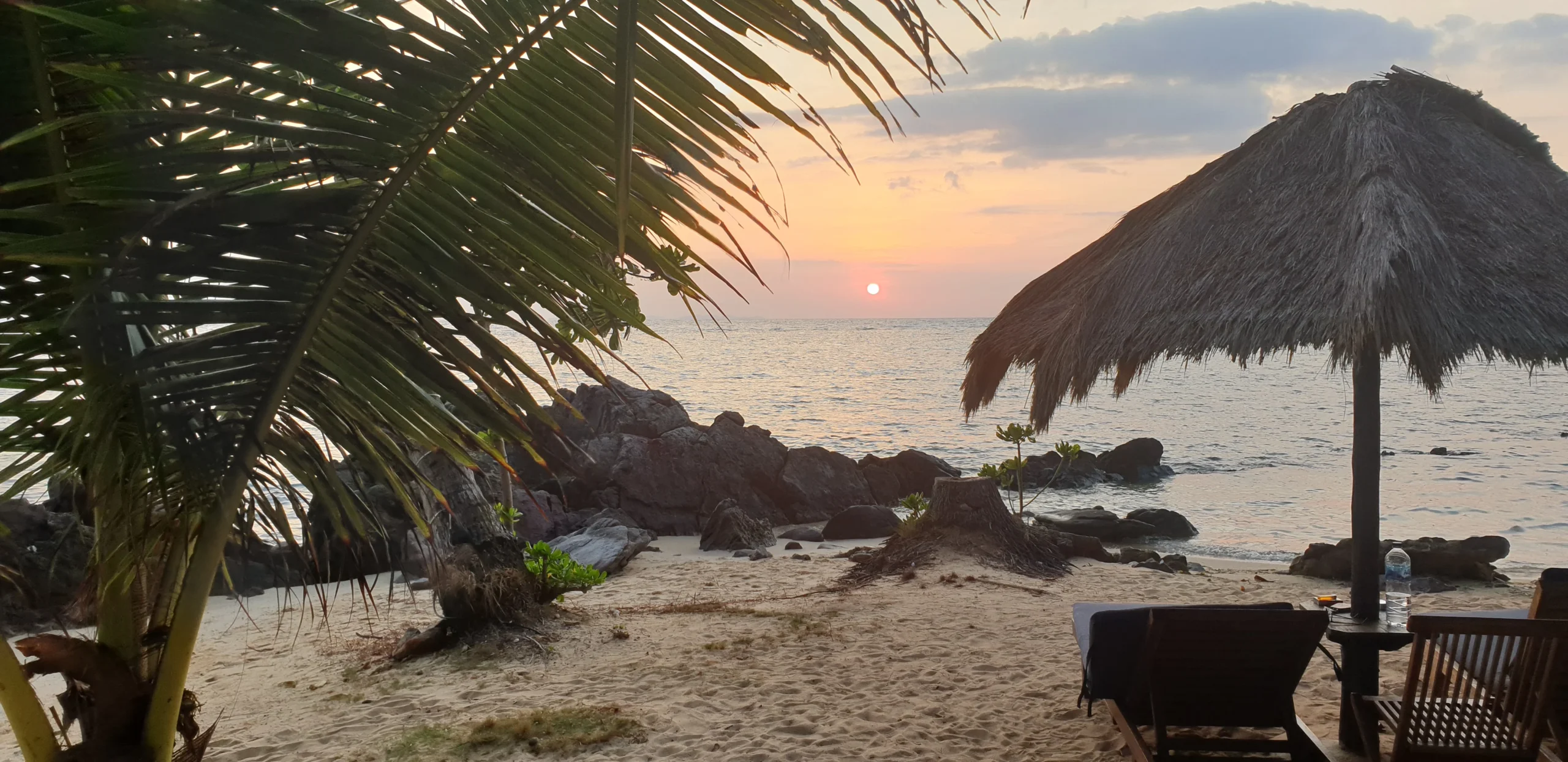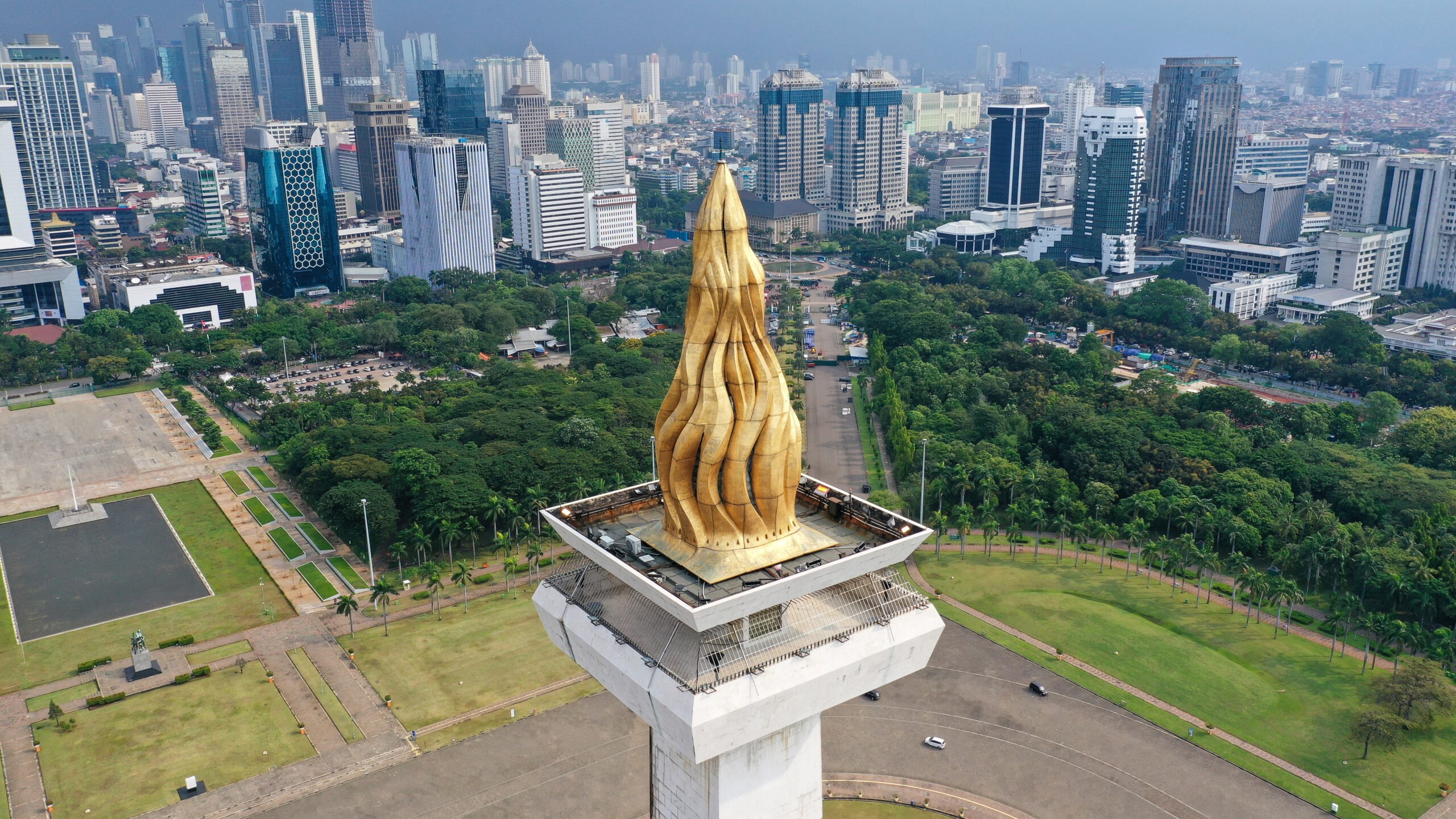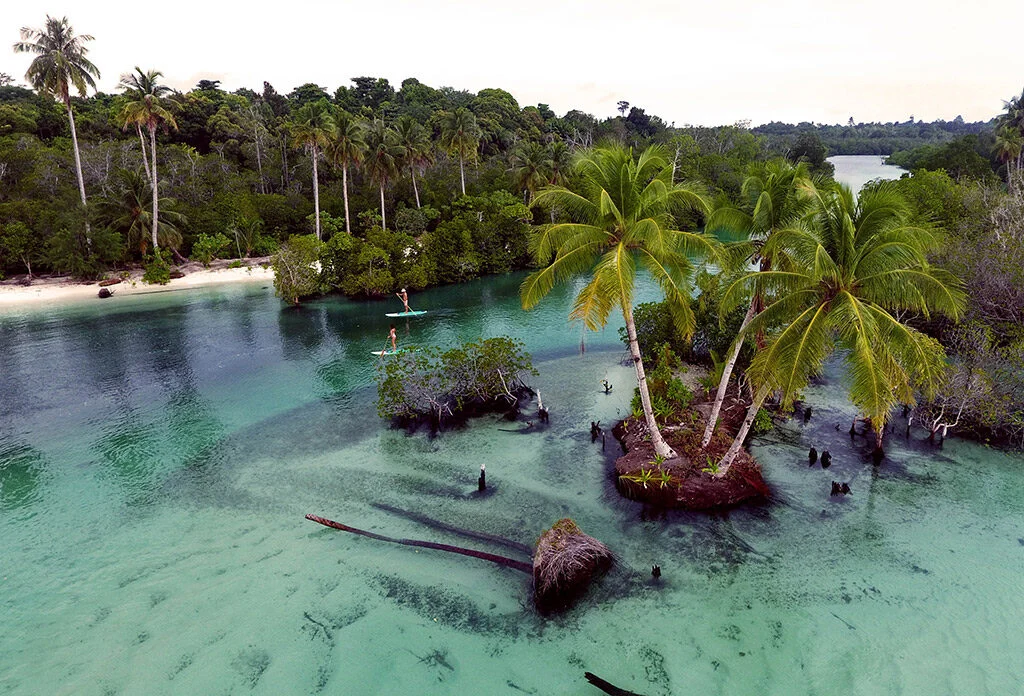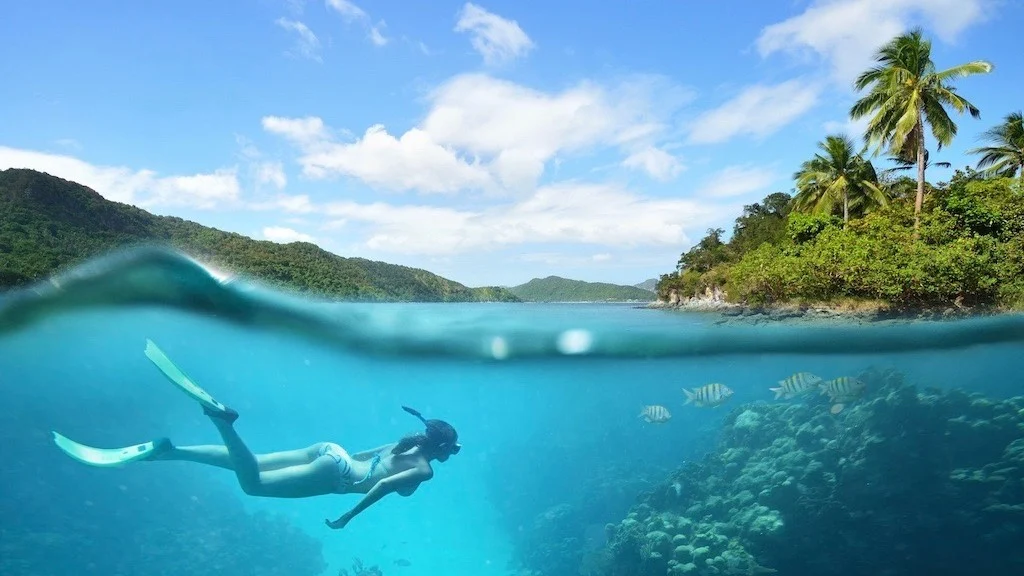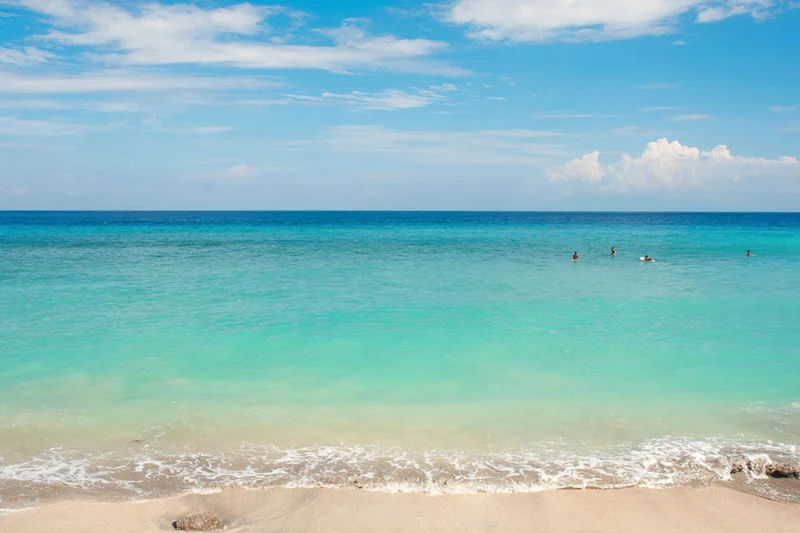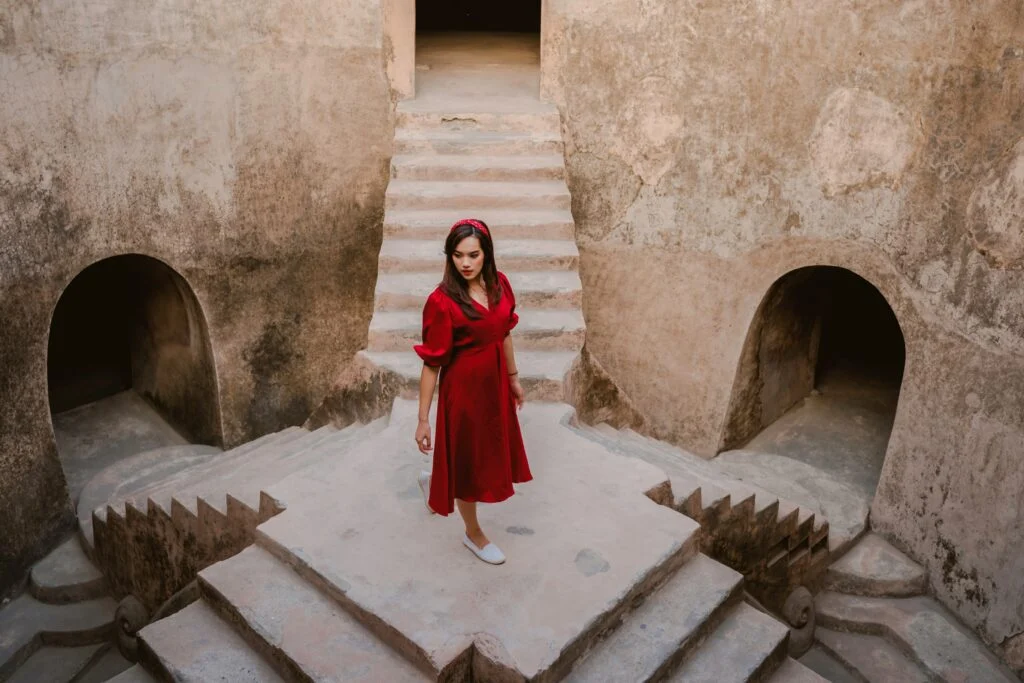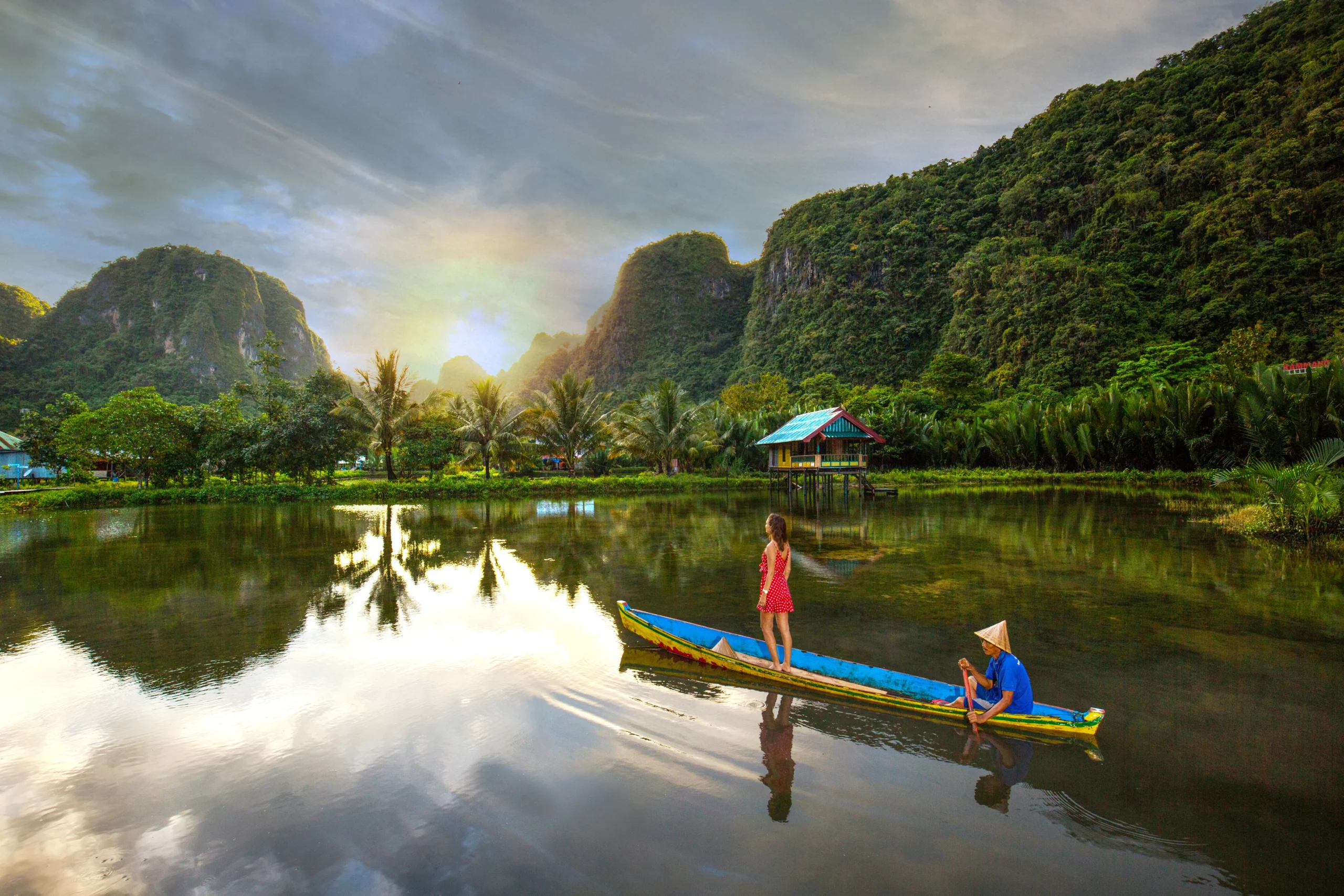The history and sights of Jakarta
Java Culture & Karimunjawa Beaches
A look into the history of Jakarta
Jakarta, the vibrant capital of Indonesia, has a rich and multi-layered history that dates back to the 4th century. Originally known as a port city, Jakarta was then referred to as Sunda Kelapa. In the 16th century, the city was colonized by the Portuguese before it later came under Dutch control and rose to become an important trading city in Asia. This historical development has shaped not only the architecture but also the culture of the city.
Attractions in Jakarta
The city offers a variety of sights that reflect its history and cultural richness. One of the most famous landmarks is the National Monument (Monas), which symbolizes the Indonesian struggle for independence. Visitors can climb the observation deck for stunning views over the city.
Another important destination is the old district of Kota Tua, which offers a glimpse into its colonial past. You will explore a lot of historic buildings and museums. Especially the Fatahillah Museum, which is housed in a former town hall, attracts many tourists.
Modern facilities and culture
In addition to the historical sites, Jakarta also has modern attractions. For example the impressive shopping malls and a thriving nightlife. The city is culturally diverse, with festivals and events that celebrate the different ethnic groups and traditions. This mix of history and modernity makes Jakarta a fascinating destination for any visitor.
Dreamy beach holidays and snorkeling experiences on Karimunjawa
Java Culture & Karimunjawa Beaches
Welcome to Karimunjawa
Karimunjawa, a hidden gem in Indonesia, is the ideal place for an unforgettable beach holiday. This picturesque archipelago is made up of 27 islands that offer stunning beaches and crystal clear waters. It surprises visitors with its unspoiled nature and friendly locals. On the Punta beaches you can enjoy the beauty of the tropical environment to the fullest.
A paradise for snorkeling fans
The snorkeling holiday on Karimunjawa is a unique experience. The waters around the island are rich in marine life, which can be explored while snorkeling. Vibrant coral reefs and a variety of colorful fish are just some of the underwater surprises that await you. Local tour operators offer snorkeling tours to the best spots where you can experience the diverse underwater world up close.
Tips for the perfect beach holiday
To get the most out of your beach holiday in Karimunjawa, you should take some tips to heart. Plan your trip during the dry season from April to October, when the weather is ideal for beach activities. Don’t forget to bring plenty of sunscreen and snorkeling gear to make your exploration enjoyable. You can also visit some of the lesser-known beaches, which are often less crowded.
The Dieng Plateau: A Hidden Gem of Indonesia
Java Culture & Karimunjawa Beaches
Introduction to the Dieng Plateau
The Dieng Plateau, an impressive highland in Central Java, Indonesia, is a true paradise for nature lovers. At an altitude of about 2,000 meters above sea level, it offers a breathtaking landscape. You will explore rolling hills, volcanic craters and green rice fields. This region is not only geologically fascinating, but also rich in cultural experiences.
The natural wonders of the Dieng Plateau
Visitors to the Dieng Plateau can discover numerous natural attractions. Particularly well-known are the colorful crater lakes such as Telaga Varna, whose water shimmers in different colors. In addition, there are geothermally active areas that release steam from the ground and present impressive volcanic formations. The cool altitude also allows travelers to enjoy the refreshing temperatures and clear air, making the region an ideal retreat.
Cultural aspects and festivals
The Dieng Plateau is also home to a rich cultural history. The Hindu temples, built in the earlier centuries, bear witness to the deep-rooted spirituality of the region. Every year you can visit the Dieng Cultural Festival. It celebrates traditional dance, music, and the famous Dieng Wlagen ritual in honor of the spirits. This festival attracts numerous tourists and offers a glimpse into local culture and traditions.
Overall, the Dieng Plateau is a fascinating mix of natural wonders and cultural heritage that delights every visitor.
Sights & Culture in Yogyakarta: A Look at the Heart of Java
Java Culture & Karimunjawa Beaches
The cultural significance of Yogyakarta
Yogyakarta, often referred to as the cultural heart of Java , is a place where history and traditions are closely intertwined. The city is not only the political center of Indonesian culture, but also an important heritage for the Javanese identity. Yogyakarta’s historical role as a sultanate since the 18th century has contributed significantly to the development and preservation of this cultural appreciation. The influence of Sultan Hamengkubuwono IX and his successors made the city a melting pot of art, music and traditional customs.
A salient feature of Yogyakarta is the variety of art forms that are practiced here. The city is famous for its traditional music, especially gamelan, as well as batik crafts. Batik crafts are recognized as a UNESCO World Heritage Site. In addition, the theatrical arts, such as Wayang Kulit, play an essential role in the cultural landscape of the city. These art forms are not only an expression of creative work. These art forms also carriers of social and religious messages that are integrated into the everyday life of the residents.
Festivals and traditional celebrations are also fundamental elements of cultural life in Yogyakarta. Events such as the Sekaten Festival and the Kraton Fest, which bring the Sultan and the community together. They promote a close bond between the people and their culture. These social practices are not only a source of joy. They also create an awareness of one’s own cultural identity and its preservation. In this context, Yogyakarta presents itself not only as a city. The City is aslo a living cultural heritage that inspires and inspires locals and visitors alike.
Java Culture & Karimunjawa Beaches
The Sultan’s Palace: A Symbol of the Monarchy
The Kraton, or Sultan’s Palace of Yogyakarta, is not only a historical structure. It is also a vibrant center of Javanese culture and tradition. As the residence of the Sultan, the palace reflects the rich history and royal heritage of the region. Its architecture is an impressive example of Javanese building techniques that combine traditional and Islamic elements. The elegant halls and tastefully designed interiors feature ornate decorations that symbolize the identity of the Sultanate.
The Kraton regularly hosts important ceremonies that keep Yogyakarta’s cultural heritage alive. These include festivals and rituals that are of great interest to both residents and tourists. These events offer a unique opportunity to experience the Javanese monarchy in practice, with the festive atmosphere and traditional costumes of the participants. To understand the reverence and meaning of these ceremonies, a telling of ancient legends and myths that have been passed down for generations accompany these ceremonies.
There are plenty of opportunities for visitors to the craton to explore the cultural exhibits. We recommend guided tours to get a deep insight into the history of the Sultan and his family. The exhibitions present objects of historical value as well as works of art that reflect the excellent craftsmanship of the region. Thus, the Kraton is not only considered a heritage worthy of protection. It is also an active place where the traditions of the Sultanate remain alive and are constantly being developed.
Java Culture & Karimunjawa Beaches
Borobudur & Prambanan: Wonders of Buddhist & Hindu Architecture
The Borobudur Temple, located near Yogyakarta, is an outstanding example of Buddhist architecture and a UNESCO World Heritage Site. It was built in the 9th century and is the largest Buddhist temple in the world. The construction is characterized by its unique mandala shape, which is considered a symbol of the universe. The structure consists of nine platforms stacked on top of each other and crowned by a majestic stupa. This impressive architecture attracts millions of tourists every year who want to explore the spiritual and cultural significance.
At the walls and platforms of Borobudur you can explore over 2,600 reliefs and 500 Buddha statues. These elaborate depictions are not only artistically valuable. They are also informative, as they convey stories from the life of Buddha and the teachings of Mahayana Buddhism. The reliefs are arranged in such a way that visitors are guided through the different stages of Buddhist teachings.
For many believers, Borobudur is a place of pilgrimage, and exploring the temple offers a variety of activities. We recommend Sunrise tours, where visitors can experience the monumental beauty of Borobudur against the backdrop of a spectacular sunrise. These tours offer not only breathtaking views, but also a quiet moment of reflection and worship. The best time to visit is in the early morning hours to avoid the crowds.. Overall, Borobudur is not only an architectural masterpiece. It is also an important place of reflection and culture that you should discover in every way.
The Yogyakarta region is also home to the Prambanan Temple. Considered the largest Hindu temple complex in Indonesia, Prambanan Temple is a UNESCO World Heritage Site. It is a masterpiece of Hindu architecture. The temple (9th century) impresses with its elegant towers that rise into the sky. The main temples are dedicated to Lord Shiva, Vishnu and Brahma. They feature a variety of religious sculptures and reliefs taken from the Ramayana epic. Visitors have the opportunity to take guided tours to learn more about the history and significance of this monumental site.

